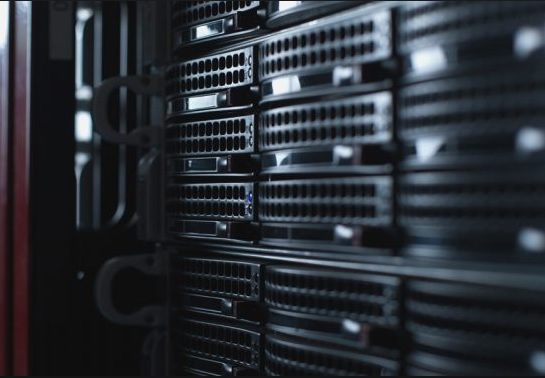Key Components of Software Defined Data Center
Software defined data center (SDDC) is an idea that extends compute virtualization concepts such as abstraction, pooling and automation into other data center components where each component can now be provisioned, operated and managed through an Applications Programming Interface (API).
SDDC is a new idea that makes the data center no longer entirely hardware driven. Instead it combines vendor-agnostic hardware with software-driven intelligence. It is made up of five components: Software Defined Computing (SDC), Software Defined Networking (SDN), Software Defined Storage (SDS), Automation, Orchestration and Management, and allows organizations to collaborate, connect and manage their IT resources in a whole new way.
Software Defined Data Center Components
Software Defined Compute (Server Virtualization). Server virtualization is the pooling and abstraction of server resources, including the number and identity of individual physical servers, processors and memory. The server administrator uses a software application to divide physical servers into multiple isolated virtual environments.
Software Defined Networking (SDN). The goal of software defined networking is to enable cloud and network engineers and administrators to respond quickly to changing business requirements via a centralized control console. SDN encompasses multiple kinds of network technologies designed to make the network more flexible and agile to support the virtualized server and storage infrastructure of the modern data center.
Software Defined Storage (SDS). Software defined storage (SDS) is a term for computer data storage software for policy-based provisioning and management of data storage independent of the underlying hardware. Software-defined storage hardware may or may not also have abstraction, pooling or automation software of its own.
Automation, Orchestration and Management. Automation and orchestration are two terms that are usually referred to as “Automation.” Where automation usually refers to automating a task such as deploying a virtual server, orchestration refers to a process such as deploying a virtual server, updating a CMDB and acquiring an IP Address from an IP management system.
Benefits of the Software Defined Data Center
SDDC offers organizations the best features of both the cloud and the traditional on premise network.
SDDC Eliminates Hardware Dependency. SDDC allows for the elimination of proprietary hardware dependency; this is one of the benefits that the cloud provides. Think of the transition to a software defined data center like the self-driving car of the future. Just as the Google car is no longer dependent on floor pedals, the SDDC is no longer dependent on the command line interface. Just as we won’t have to learn how to drive in the future, the SDDC will negate the need for expensive training to learn highly specialized vendor hardware because all hardware will be commoditized. In addition, this new approach will liberate the IT department so that it can focus on innovative projects that add value to the organization and its bottom line. However, unlike the self-driving car, we can reap the benefits of SDDC today.
SDDC Simplifies Data Center Management. Rather than using multiple IT tools, apps and software to manage the complex technology challenges facing IT leaders today, software defined data center allows organizations to manage everything with the click of a button. Data can be monitored, systems can be updated and storage resources can be allocated from a single pane of glass.
SDDC Provides Benefits of Automation and Orchestration. Instead of hurdling through complex IT services, the SDDC can improve any workflow by providing repeatable solutions. SDDC is characterized by automation, orchestration and the abstraction of resources into software code. By nature, software is more reliable than humans, which means that compared to the legacy data center, the software defined data center is more agile and responsive in all measures.
Learn more about our Next Generation Data Center approach, here.
